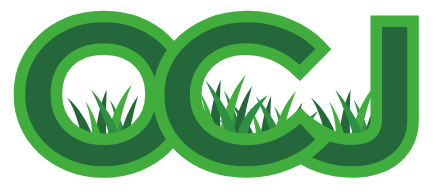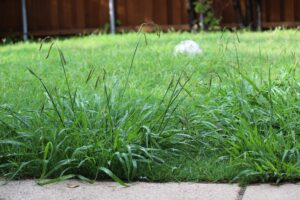Thatching your lawn is a common practice that many homeowners believe is essential for a lush, green yard. However, the myth that you need to thatch your lawn every year is simply not true. In fact, over-thatching can be detrimental to your turf’s health.
What is Thatching?
Thatching involves removing a layer of dead organic matter, known as thatch, that accumulates between the soil surface and the grass blades. Thatch consists of decaying roots, stems, and leaves.
When is Thatching Necessary?
Thatch buildup is a natural process, and a thin layer of thatch can actually be beneficial. It helps to:
- Insulate the soil: Protecting it from temperature extremes.
- Retain moisture: Reducing the frequency of watering.
- Suppress weeds: By creating a barrier for weed seeds.
However, excessive thatch buildup can cause problems:
- Inhibits water and air penetration: Making it difficult for water and nutrients to reach the roots.
- Creates a favorable environment for diseases: Such as brown patch and dollar spots.
- Disrupts root growth: Leading to a weak and unhealthy lawn.
So, how do you know when thatching is necessary?
Thatching is only recommended when the thatch layer exceeds ½ inch in thickness. You can easily check this by inserting a screwdriver into the ground. If it penetrates less than ½ inch, thatching is likely not needed.
The Risks of Over-Thatching
Over-thatching can be just as harmful as having too much thatch. It can:
- Damage the roots: Severing healthy roots and disrupting the turf’s root system.
- Weaken the turf: Making it more susceptible to diseases, drought, and insects.
- Expose the soil: Leading to erosion and increased weed growth.
Thatching Guidelines
If you determine that thatching is necessary, it’s crucial to:
- Time it correctly: The best time to thatch is in the spring or fall when the grass is actively growing.
- Use the proper equipment: Rent or hire a professional with the appropriate equipment, such as a vertical mower or power rake.
- Thatch only when necessary: Avoid unnecessary thatching, as it can be stressful for the turf.
- Water deeply after thatching: To help the lawn recover and promote root growth.
Alternatives to Thatching
In many cases, there are alternatives to thatching that can improve lawn health:
- Core aeration: This process involves removing small plugs of soil, which improves air and water penetration.
- Topdressing: Applying a thin layer of sand or compost to improve soil quality and reduce thatch buildup over time.
- Regular mowing: Maintaining proper mowing height and frequency can help prevent excessive thatch buildup.
Conclusion
Thatching is a valuable tool for maintaining a healthy lawn, but it should only be used when necessary. Over-thatching can cause significant damage to your turf, so it’s crucial to understand the risks and follow proper guidelines. By assessing your lawn’s needs and choosing the right approach, you can ensure a lush, green lawn without resorting to unnecessary practices.
One Cut From Above is a provider of professional lawn care services, committed to helping homeowners achieve healthy, beautiful lawns. Our experienced team offers a range of services, including mowing, aeration, lawn cleanup, and more. We use the latest techniques and equipment to ensure optimal results for your lawn. Contact us today for a free consultation and let us help you transform your lawn!


